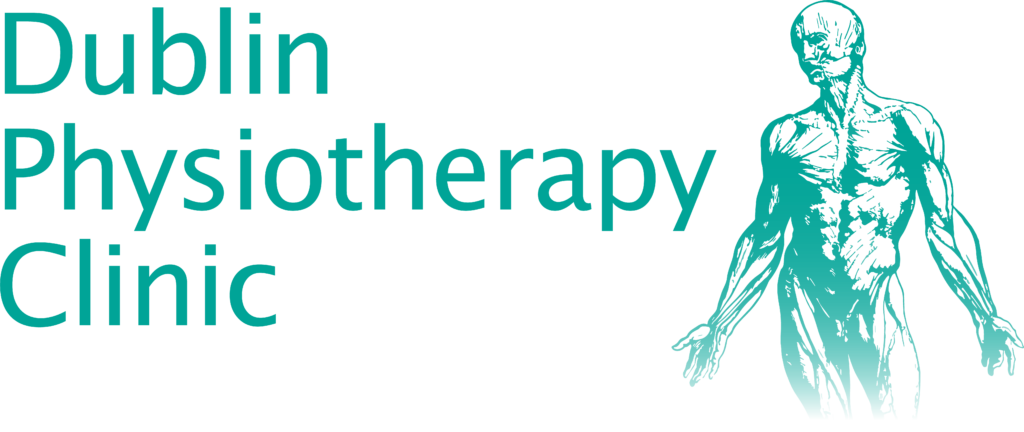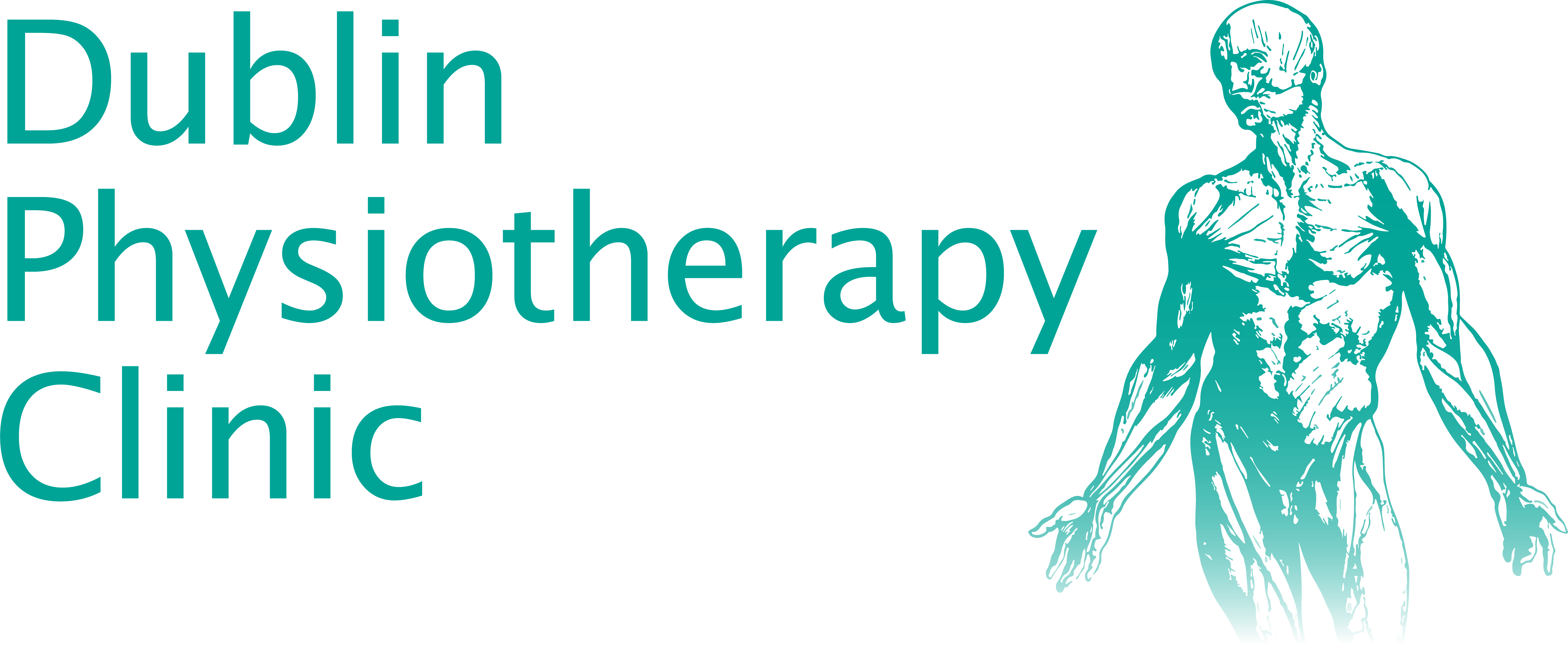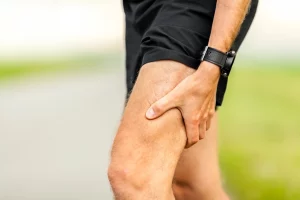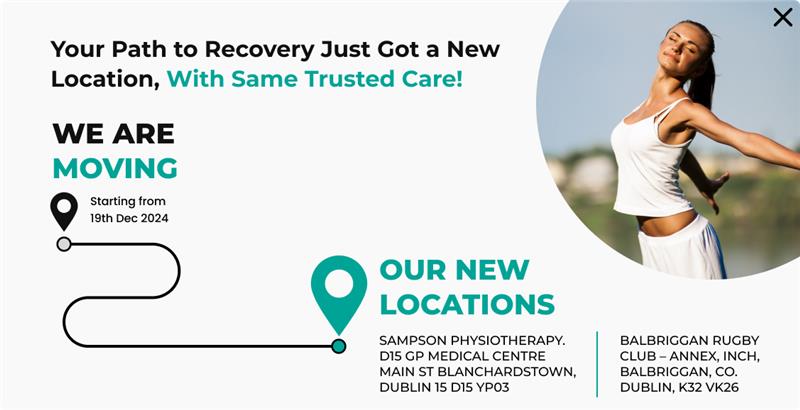According to the National Institute of Neurological Disorder, at least 80% of adults suffer from lower back pain at some stage in their life (1). Lower back pains are identified as the most common disability that is related to work, and one of the leading causes of missed workdays.
Symptoms of Lower Back Pain
Lower back pains are uncomfortable and no one wants to put up with them. They often manifest through the following symptoms.
- Muscle aches
- Stabbing pain in the back
- A pain that lessens when you incline
- Pain when bending, lifting heavy loads, standing, or walking
Is There a Quick Fix for Lower Back Pain?
Some people actually believe that there is a quick fix for lower back pains. However, after 30 years of practice, I can confidently say that there is no quick fix for complex lower back pain. This is true especially if:
- You are experiencing recurrent episodes of lower back pains
- If the pains are getting more frequent and difficult to solve
- If the pains are spreading to different areas.
If that sounds like the type of lower back pain you are experiencing, it should indicate that things are getting worse and you need to do something different to manage it.
Treating Lower Back Pain
For most people, rest and anti-inflammatory medications are the first types of intervention that helps in easing the pain. However, while this initial intervention is critical in reducing the pain, the approach may not be as helpful if you intend to get to the root problem. Treating the symptoms is different from treating the root cause. Treating the pain of inflammation with anti-inflammatory drugs and rest is a solution that only addresses the symptoms.

However, for a more holistic approach, it is important to first identify the cause of the problem in order to ensure that there will be minimal chance of future recurrence after treatment. Searching for the underlying cause requires an extensive physical examination and understanding of your history. These are essential in prescribing the specific rehabilitation and corrective exercise programs that will fit your needs.
If these stages are skipped, you will end up copying the latest YouTube tips, which are, sadly, a gamble as to whether you will get any benefits. In our clinic, we frequently see patients who spent weeks or months doing corrective exercises from YouTube, only to discover that they have been wasting their time and have not seen any difference.
Risks Involved with DIY Treatment
You can choose from many exercises on YouTube. However, the chances of getting the best combinations that suit your specific problem are very low. At best, these could just be wasting your time, and at worst, they could just be aggravating your situation.
It is therefore important that you follow the best road to recovery by seeking the opinion of an expert. Experts can guide you on a whole combination of exercises. They may advise you to follow a stand-alone program that does not need intervention. They can also create a course of physical treatment that will help you get the most out of home exercises, and progressive rehabilitation.
It’s important that you save time by avoiding the DIY approach. Although there may be a lot you can do on your own, a professional will offer you the best advice and point you in the right direction.
Contact Dublin Physio Clinic who specializes in managing lower back pain and book a consultation.
Sources
- https://www.ninds.nih.gov/disorders/patient-caregiver-education/fact-sheets/low-back-pain-fact-sheet
References





